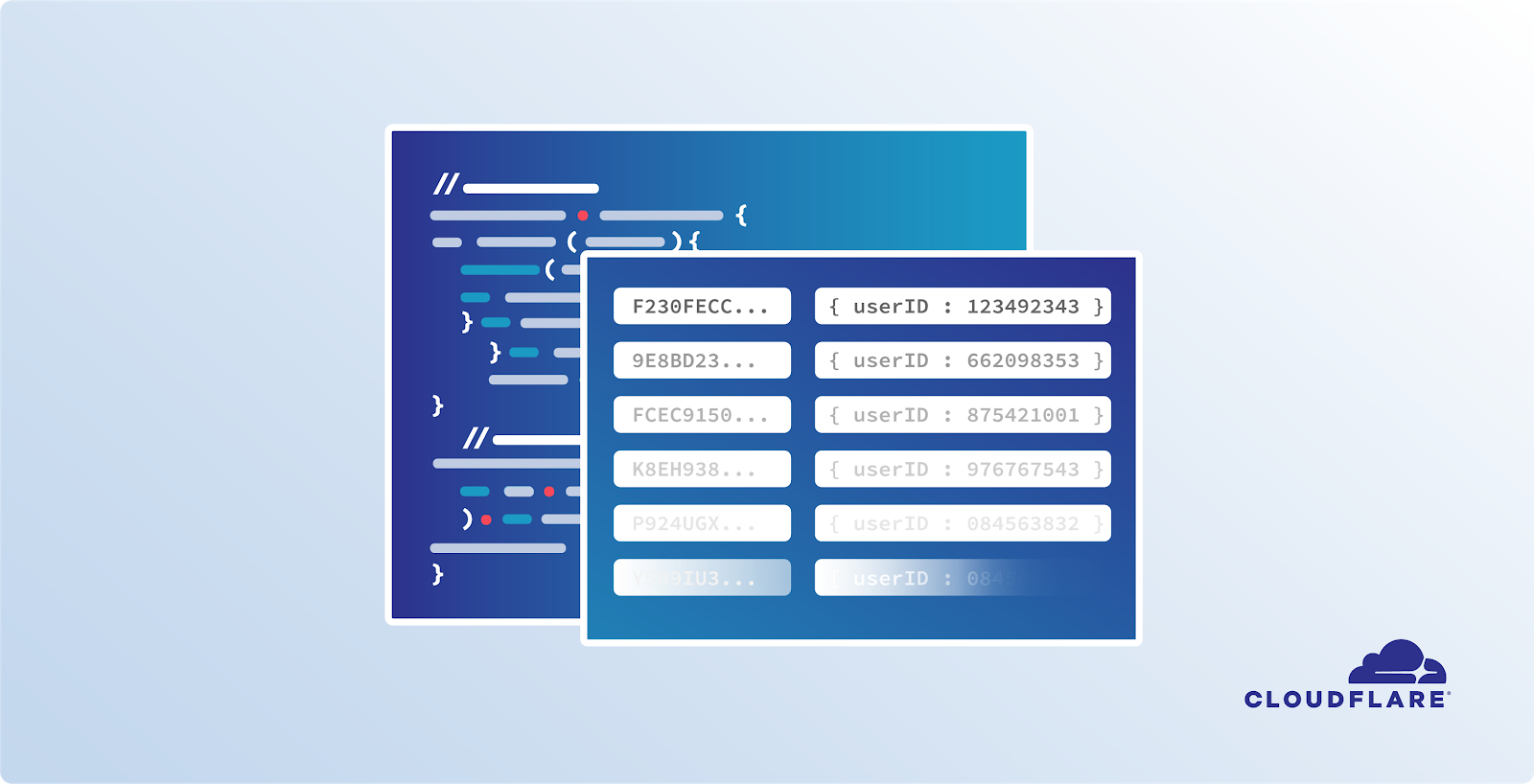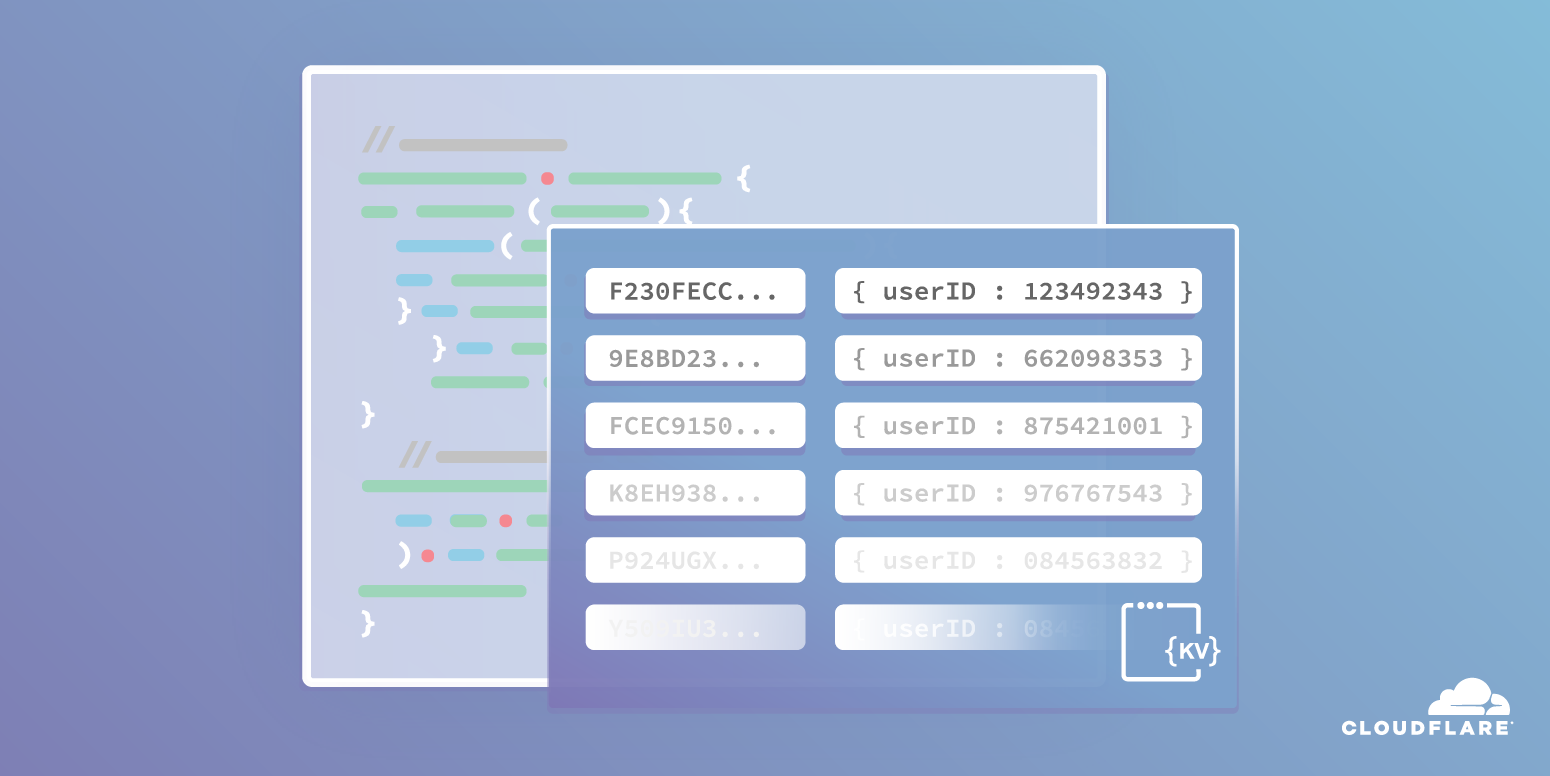Author Archives: Steve Klabnik
Author Archives: Steve Klabnik


The Workers Distributed Data team has been hard at work since we gave you an update last November. Today, we’d like to share with you some of the stuff that has recently shipped in Workers KV: a new feature and an internal change that should significantly improve latency in some cases. Let’s dig in!
Workers KV has a fairly straightforward interface: you can put keys and values into KV, and then fetch the value back out by key:
await contents.put(“index.html”, someHtmlContent);
await contents.put(“index.css”, someCssContent);
await contents.put(“index.js”, someJsContent);
// later
let index = await contents.get(“index.html”);
Pretty straightforward. But as you can see from this example, you may store different kinds of content in KV, even if the type is identical. All of the values are strings, but one is HTML, one is CSS, and one is JavaScript. If we were going to serve this content to users, we would have to construct a response. And when we do, we have to let the client know what the content type of that request is: text/html for HTML, text/css for CSS, and text/javascript for JavaScript. If we serve the incorrect content type to Continue reading


The Storage team here at Cloudflare shipped Workers KV, our global, low-latency, key-value store, earlier this year. As people have started using it, we’ve gotten some feature requests, and have shipped some new features in response! In this post, we’ll talk about some of these use cases and how these new features enable them.
We’ve shipped some new APIs, both via api.cloudflare.com, as well as inside of a Worker. The first one provides the ability to upload and delete more than one key/value pair at once. Given that Workers KV is great for read-heavy, write-light workloads, a common pattern when getting started with KV is to write a bunch of data via the API, and then read that data from within a Worker. You can now do these bulk uploads without needing a separate API call for every key/value pair. This feature is available via api.cloudflare.com, but is not yet available from within a Worker.
For example, say we’re using KV to redirect legacy URLs to their new homes. We have a list of URLs to redirect, and where they should redirect to. We can turn this list into JSON that Continue reading